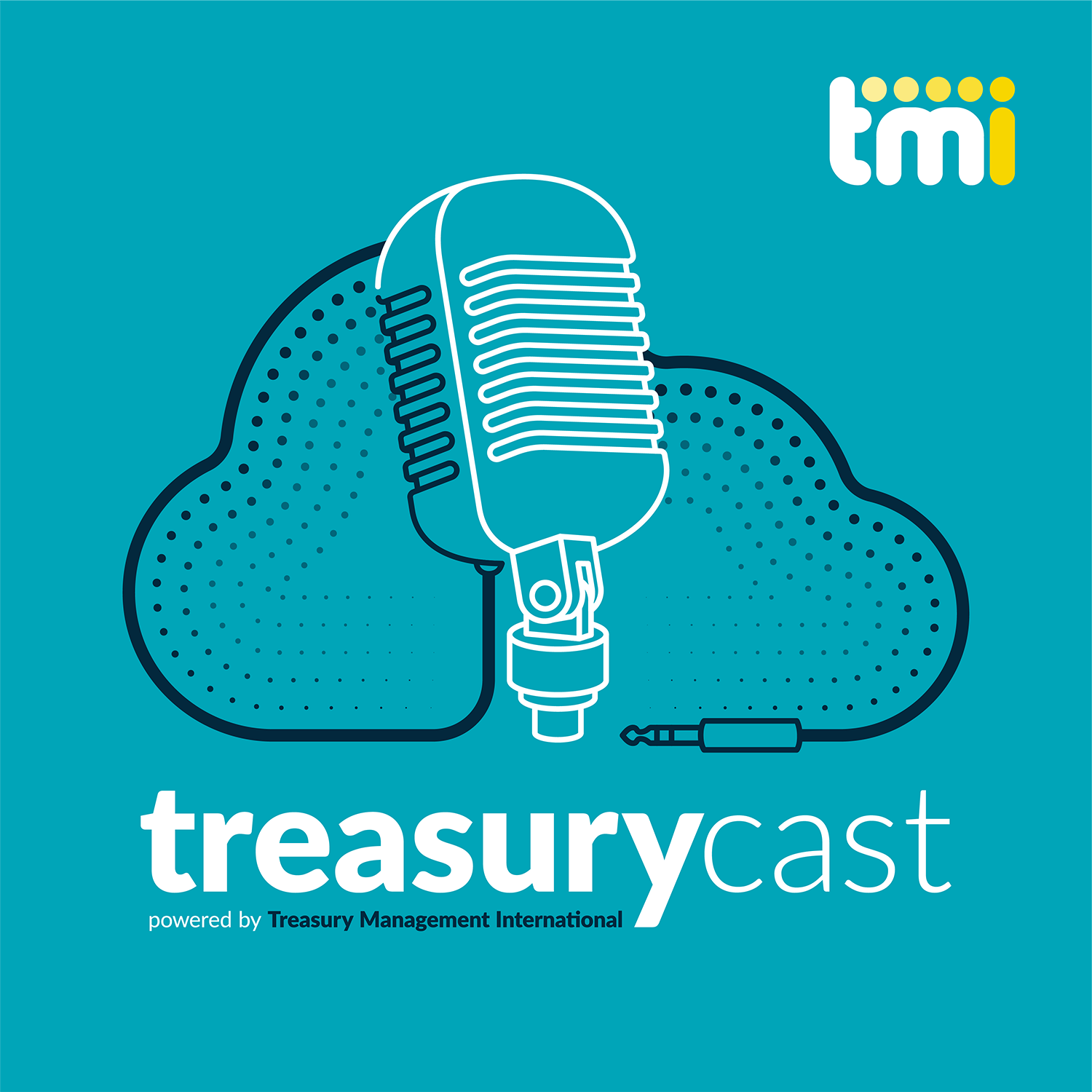Fitch Ratings has affirmed the ratings of nine J.P. Morgan short-term money market funds (ST MMFs) and one J.P. Morgan standard money market fund (MMF). The ST MMFs and standard MMF are managed by J.P. Morgan Asset Management (UK) Limited (euro- and sterling-denominated funds) and J.P. Morgan Investment Management Inc (US dollar-denominated funds).
Key Rating Drivers
The affirmations are driven by the stability in the funds’ credit, market and liquidity risk profiles since the last review in November 2020 for the ST MMFs and July 2020 for the standard MMF. The ratings are also driven by the funds’ key risk metrics, which are all within Fitch’s rating ranges for their current ratings.
Credit Quality
The ST MMFs’ portfolio credit factors (PCFs), Fitch’s proprietary measure of MMF portfolio credit quality, were, respectively, 0.95, 1.28 and 1.41, on average, for the euro, sterling and US dollar non-government ST MMFs as of 19 February 2021. These were all within the ‘AAAmmf’ rating range of 0-1.5. PCFs have trended up in the sterling non-government funds from recent lows in August 2020, and in the US dollar non-government funds since the beginning of 2021. PCF has been broadly stable in the euro non-government ST MMFs. Fitch rates ST MMFs, as defined in Regulation (EU) 2017/1131, under its Money Market Fund Rating Criteria.
The standard MMF’s weighted average rating factor (WARF), Fitch’s proprietary measure of credit quality under our Bond Fund Rating Criteria, was 0.3 as of 31 January 2021, which was within the ‘AAf’ rating range of 0.3-1. The fund’s WARF has been broadly stable since Fitch started rating the fund in July 2020. Fitch rates standard MMFs, as defined in Regulation (EU) 2017/1131, under its Bond Fund Rating Criteria.
Liquidity Risk
The ST MMFs are conservatively positioned for liquidity risk. Overnight liquidity was above 25% in all cases as of 19 February 2021 and one-week liquidity was above 40%, based on liquidity metrics defined in Fitch’s rating criteria. Fitch believes that the available liquidity provides a strong match to the largest and the five-largest individual investors in the funds.
Market Risk
The weighted average maturity (WAM) of all the MMFs was within the ‘AAAmmf’ rating range of 0-60 days as of 19 February 2021, with higher WAMs in the sterling and US dollar funds. The funds’ weighted average lives (WALs) are short compared with Fitch’s applicable rating range, albeit longer in the sterling and US dollar funds. The longer WALs in the sterling and US dollar funds contribute to these funds’ higher PCF levels.
The standard MMF’s market risk factor, Fitch’s proprietary measure of market risk sensitivity under the Bond Fund Rating Criteria, was 0.36 as of end-January 2021, which was well within the ‘S1’ market risk sensitivity rating range of 0-2. The fund may invest in assets denominated in non-euro currency (up to 33% of the fund’s assets) and non-euro exposure will be hedged into euros (base currency of the fund) by using currency forwards with high-quality counterparties (rated at least F2 or equivalent and above). Hedges are applied at the fund level by currency types and monitored on a daily basis with a maximum tolerance band of 50bp, allowing corrections in hedging positions when tolerance bands are exceeded. Fitch views the hedging process as sufficiently mitigating the level of foreign-currency risk undertaken by the fund.
Fund Profiles
Fitch views the legal and regulatory frameworks of the funds satisfactory. All of the funds are sub-funds of J.P. Morgan Liquidity Funds, an umbrella fund constituted as a SICAV under the UCITS directive and domiciled in Luxembourg. The ST MMFs qualify as public debt constant net asset value (CNAV), low volatility net asset value (LVNAV) or variable net asset value (VNAV) MMFs under European MMF regulation (as indicated in sub-fund names). The ST MMFs’ investment objectives are to preserve capital consistent with prevailing money market rates and maintain high liquidity, while aiming to provide a return in the reference currency for each fund in line with prevailing money market rates.
The standard MMF’s investment objective is to preserve capital consistent with prevailing euro money market rates, and maintain high liquidity, while aiming to achieve a return in euro in excess of euro money markets.
The funds had, respectively, total assets under management (AUM) of approximately EUR15.8 billion (EUR LVNAV), EUR1.2 billion (EUR VNAV), GBP13.6 billion (GBP LVNAV), GBP675 million (GBP VNAV), USD102.3 billion (USD LVNAV), USD11.2 billion (USD VNAV), USD1.8 billion (USD Government LVNAV), USD43 billion (USD Treasury CNAV) and USD697 million (USD Treasury VNAV) as of 19 February 2021. The standard MMF had AUM of EUR312 million as of end-January 2021.
Investment Manager
Fitch views J.P. Morgan Asset Management (UK) Limited and J.P. Morgan Investment Management Inc. as suitably qualified, competent and capable of managing the rated funds. J.P. Morgan Asset Management, the parent company of J.P. Morgan Asset Management (UK) Limited and J.P. Morgan Investment Management Inc., had AUM of approximately USD2.3 trillion at end-2020, of which around 34% was in cash and liquidity products.
Rating Sensitivities
Factors that could, individually or collectively, lead to positive rating action/upgrade:
The ST MMFs are rated at the highest possible rating level and therefore cannot be upgraded.
For the Fund Credit Quality Rating of the standard MMF, an upgrade is unlikely, unless the fund changes its investment strategy to focus only on the highest-rated securities and reduce the its maximum permissible duration. For the Fund Market Risk Sensitivity Rating of the standard MMF, as the rating is at the highest possible level on Fitch’s rating scale, it cannot be upgraded.
Factors that could, individually or collectively, lead to negative rating action/downgrade:
Fitch’s stress testing shows that the ratings are robust at their current levels. However, material negative credit developments (downgrades) in underlying portfolio holdings and /or material unexpected and short-term redemptions could negatively affect the funds’ rating profiles, potentially leading to downgrades. These risks are mitigated, respectively, by the investment manager’s sound record in anticipating adverse credit developments and suspending / reducing exposures to potentially affected entities before downgrades or adverse credit developments. The investment manager’s knowledge of the funds’ investor base and high liquidity in the funds mitigate the risk of material sudden outflows.





